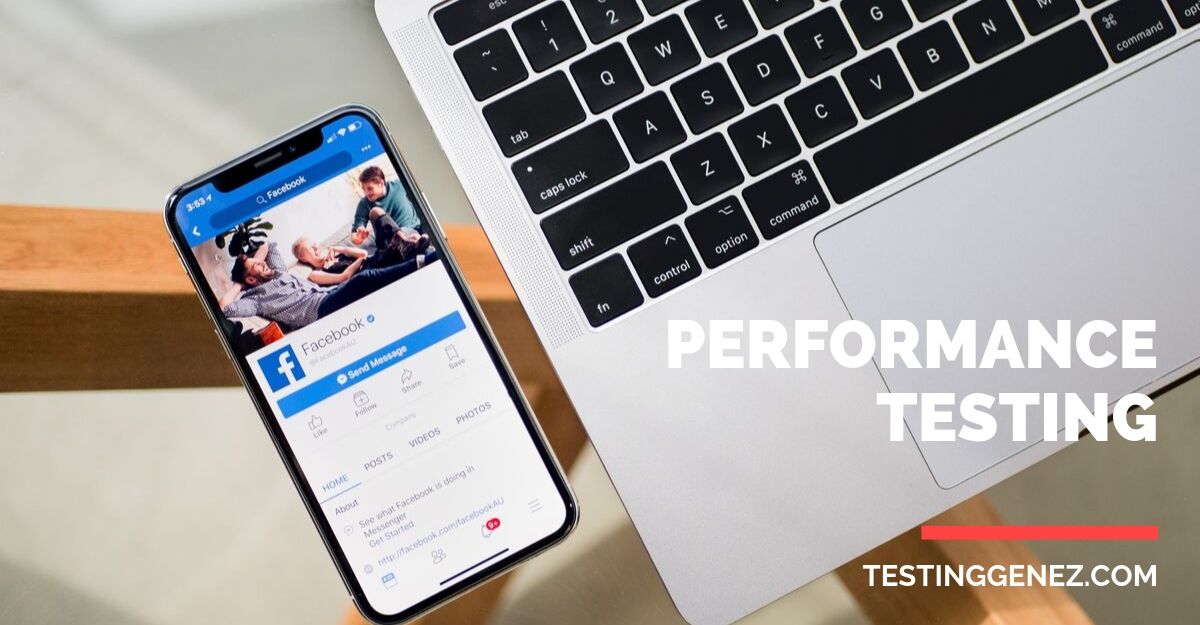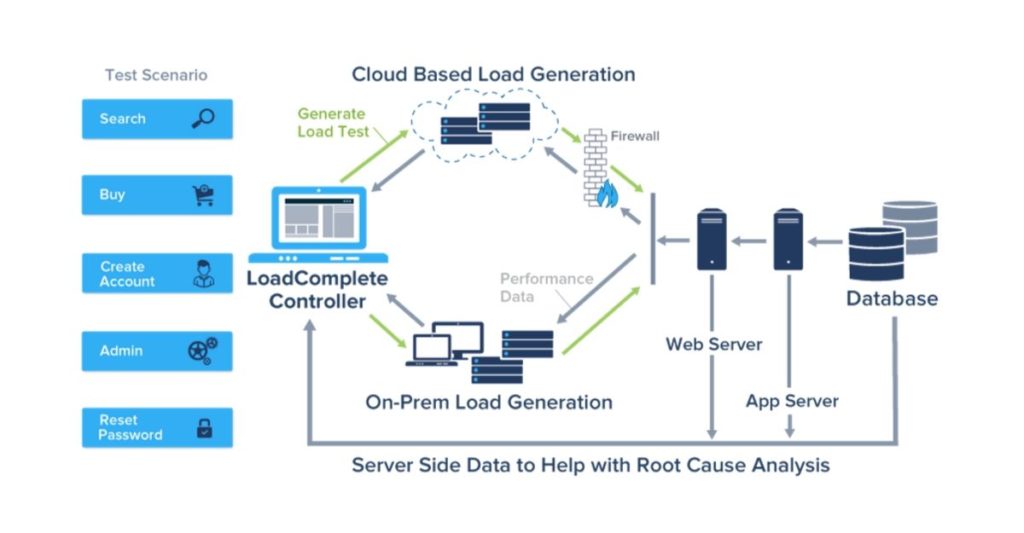
What is performance testing? | Benefits of Performance testing
- best performance testing tools, how to do performance testing, how to perform security testing, load testing, Mobile App Performance Testing, open source performance testing tools, Performance Testing, performance testing concepts, performance testing in software testing, performance testing services, performance testing tools for web applications, stress testing, types of performance testing, Web Application testing, website performance test, website performance test google
- Benefits, Guide
How long would you take to judge a book by its cover??? 3 seconds and you’d have already passed your judgement. Now considering that we’re in the Age of Apps, how long would it take for you to judge an App?
Stats say, on average, it takes about 50 milliseconds for users to form an opinion about your web or mobile app. That would be just 0.05 seconds. Not only that, almost 50% of web or mobile app users expect a maximum of 2 seconds of loading time for an average app. Is that for real???
Yes! All it takes is just 0.05 seconds to determine if the users like your app or not. Any sort of delay in the loading time of the app directly affects the credibility of your business. Would you care to let your audience bounce off to a similar application available in the market?
Out of all the things to take care off, Performance Testing is our subject of concern, today.
What is Performance Testing? What are its objectives? Let’s understand this to know more about its features and benefits.

What is Performance Testing?
What is performance testing for a layman? It tests the system’s speed and the response in the time of the largest workload. Meanwhile, the test intends to determine the largest stress. It loads the application to hold through Stress Testing and Load Testing. Performance Testing is an integral part of Software Testing.

Which type of applications and apps should undergo Performance Testing?
There are many open-source performance testing tools available in the market.
Which type of applications and apps should undergo Performance Testing?
All the Web and Mobile Apps must undergo performance testing. This would verify their performance under trying circumstances while ensuring a glitch-free User Experience. The domains that demand Performance Testing in their test plan are:
- ECommerce Applications
- SAAS based Applications
- Instant Messaging Apps
- Social Media Platforms
- Market based Applications
- On-demand Mobile Apps
(i) eCommerce Applications
E-Commerce Mobile apps are generally well-designed to ensure a convenient shopping experience. Mobile App Testing ensures that all the objectives of the E-Commerce app are taken care off. Cloud-based apps have gained traction due to their ability to provide scalability to a huge volume of users. Thus, Cloud-based testing is also an integral part of the test plan for Mobile App Testing.
(ii) SAAS based applications
What is performance testing in SAAS Based applications? The Testing of SAAS apps includes Stress Testing and Endurance Testing. It helps check the app’s ability to handle unsteady levels and identify memory leaks during high and demanding situations.
(iii) Instant messaging apps
Testing on Instant messaging apps like Whatsapp or Telegram takes place to confirm performance. Testing takes place through a longer period of endured sessions and multi-tasking.
(iv) Social media platforms
Social Media platforms like Facebook and Instagram must perform their best at all times. Therefore their Testing demands the usage of high precision and automated tools. Leveraging the Testing on manually scripted codes is too risky. It repeats the testing process and doesn’t give the same precision in time-constraint scenarios.
(v) Marketplace applications
Testing inspects the scalability by identifying the number of people and the application’s response during the largest scalability scene. Furthermore, Testing for Marketplace apps like OLX, Quikr must not ignore the performance of the database, that bares most of the working and response time of the app.
(vi) On-Demand mobile apps
Testing for On-Demand mobile apps like Swiggy, Zomato work on various geographies and client personas. For these kinds of apps, StressTesting and Load Testing takes place to manage the varying user demands.

How to determine elements in Performance Testing
The failure of an application or a system would not only just cost monetary funds, but also reputation and loss of resources to the business.
Well, let’s understand what might happen if Performance Testing isn’t a part of your test plan.
What are performance Testing elements?
- Bottlenecks
- Load Time
- Response Time
- Scalability
i) Bottlenecks
Bottlenecks are faulty codes or hardware errors. It brings down the application’s functionality. A minor file if corrupted can reduce the whole output of the application.
ii) Load time
Initially, the application may time take time to load. This is the load time which decides the user’s impression on the application.
iii) Response Time
The communication between the application and the user should be quick. Users expect a constant response from the application. A delay in delivering the resources may affect the application’s user rating in the market.
iv) Scalability
The ability to test the handling of multiple users at the same time in the application usually remains untested. Comes Stress Testing. The scalability of the application could get affected if not tested before releasing it in the market.
Why Performance testing is necessary
It is imperative to include Performance Testing in your Test Plan. It’d always help to keep the application’s stability, speed, and productivity in check. Involving Performance Testing in the test plan always results in the detection of software problems in the early stages of development. These are always affordable to fix when compared with detecting issues in the later stages of development. Let us further understand the importance of Performance Testing by learning it’s benefits.

Benefits of Performance Testing
(i) Speed
Speed Performance Testing determines the Speed of the application i.e the quick response from the application to a user’s request. A Mobile or Web application must respond to user’s requests to provide the respective resources in the least possible time. Failure to do so results in the loss of the interest of the user, which is not a good sign for the application’s popularity.
(ii) Avoids lag
Under usage, an application undergoes various kinds of load and stress. Although they’re built to withhold the highest of stress and load, it is important to Performance Test them to ensure the application’s Database and other modules are thoroughly tested for their performance, through Load and Stress Testing.
(iii) User Accommodation
When an application is being developed, you can’t restrict the number of users nor can it respond poorly to them. Stress Testing checks the scalability of the application. The Load Testing detects the maximum load the application can sustain efficiently.
(iv) Hardware and Software Issues
Testing detects the nature of the bottleneck. It highlights the software or hardware-related issue location right away.
(v) Verification
Testing can verify the application ‘s performance. It verifies by comparing its performance on multiple devices.
(vi) Eliminates Major Issues
Testing focuses on eliminating the issues. Issues that reduces the response time or resource usage of the application.

Conclusion
Now, we all understand what is performance testing. Often Testing is an ignored process and organizations give less importance to user experience. But the importance of Testing is usually recalled when a product failure is on the brim.
Rather than Performance Testing the app when users start complaining, conduct it as a part of the application’s test plan. It may seem that Testing could add to the project costs, but it is always worth the investment.
Testing Genez has come up with a unique Performance test plan. It is cost-effective and ensures user satisfaction and retention.




